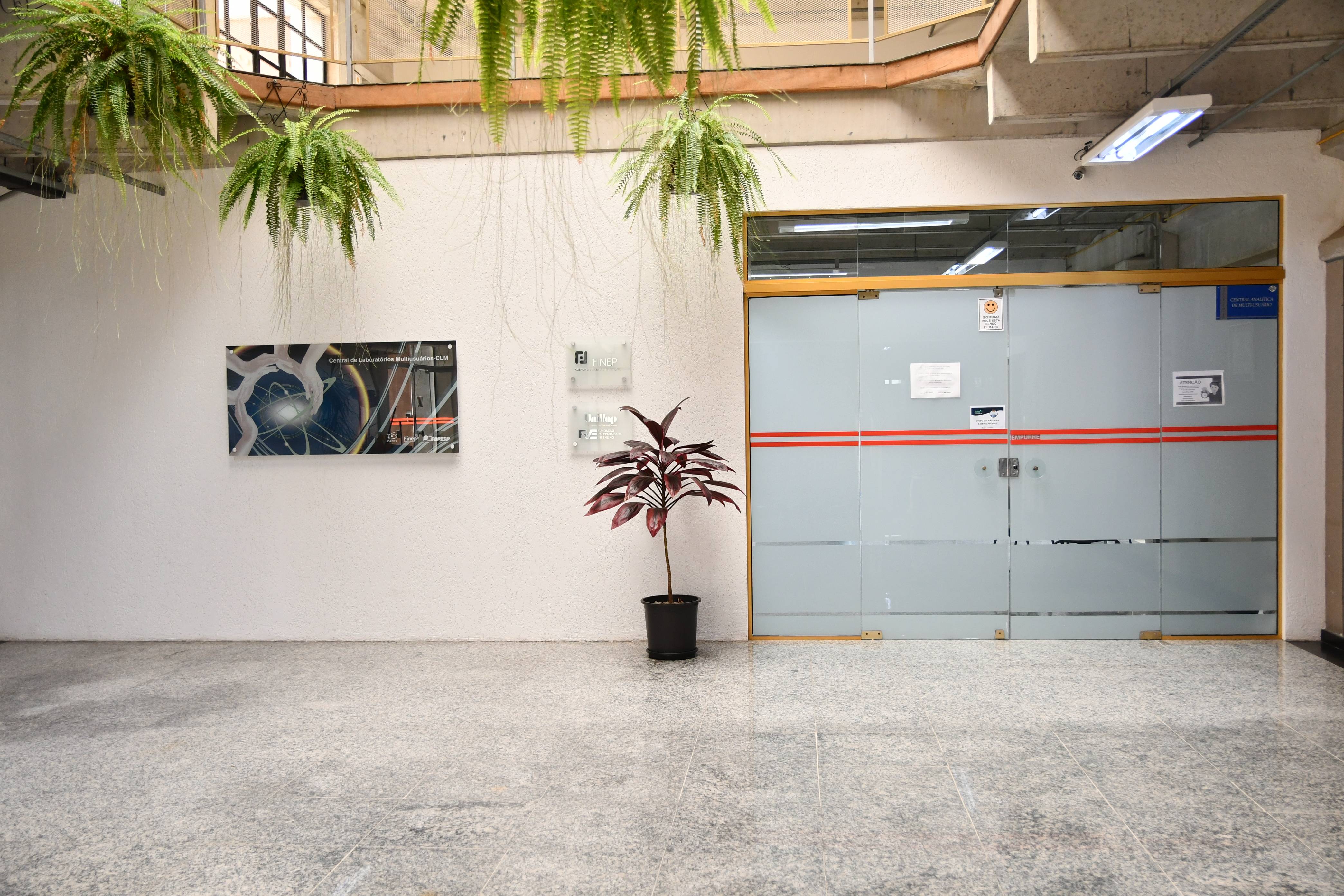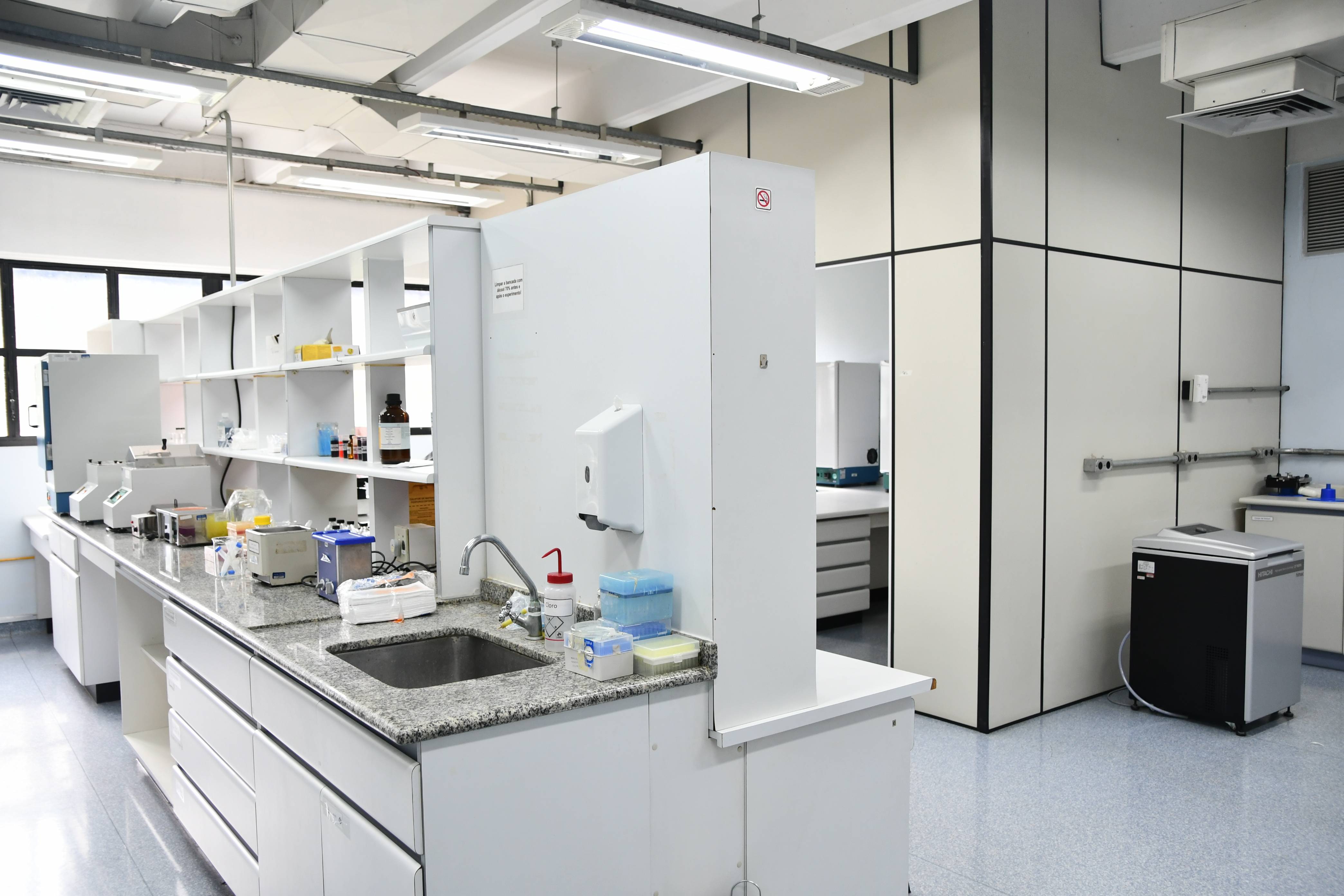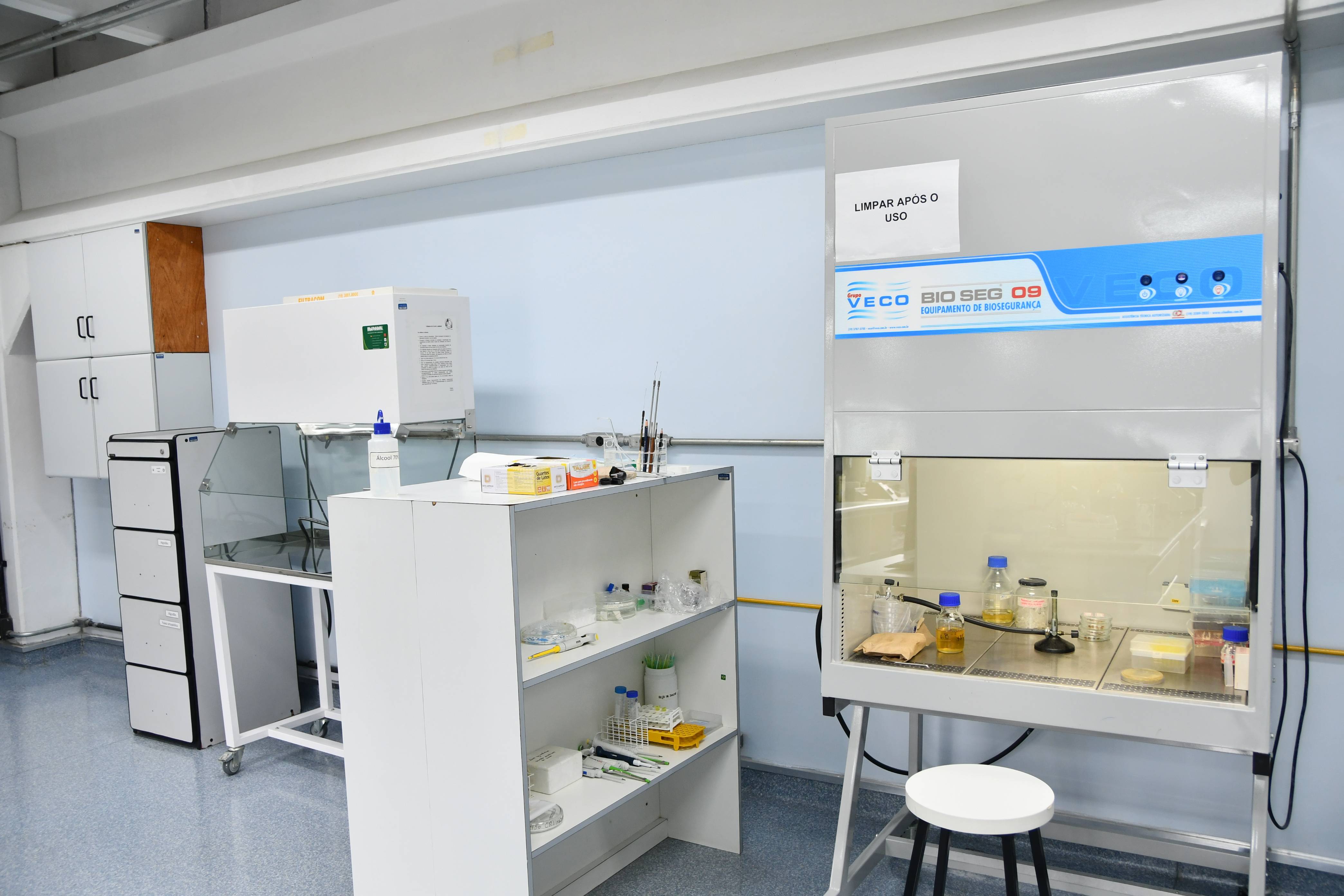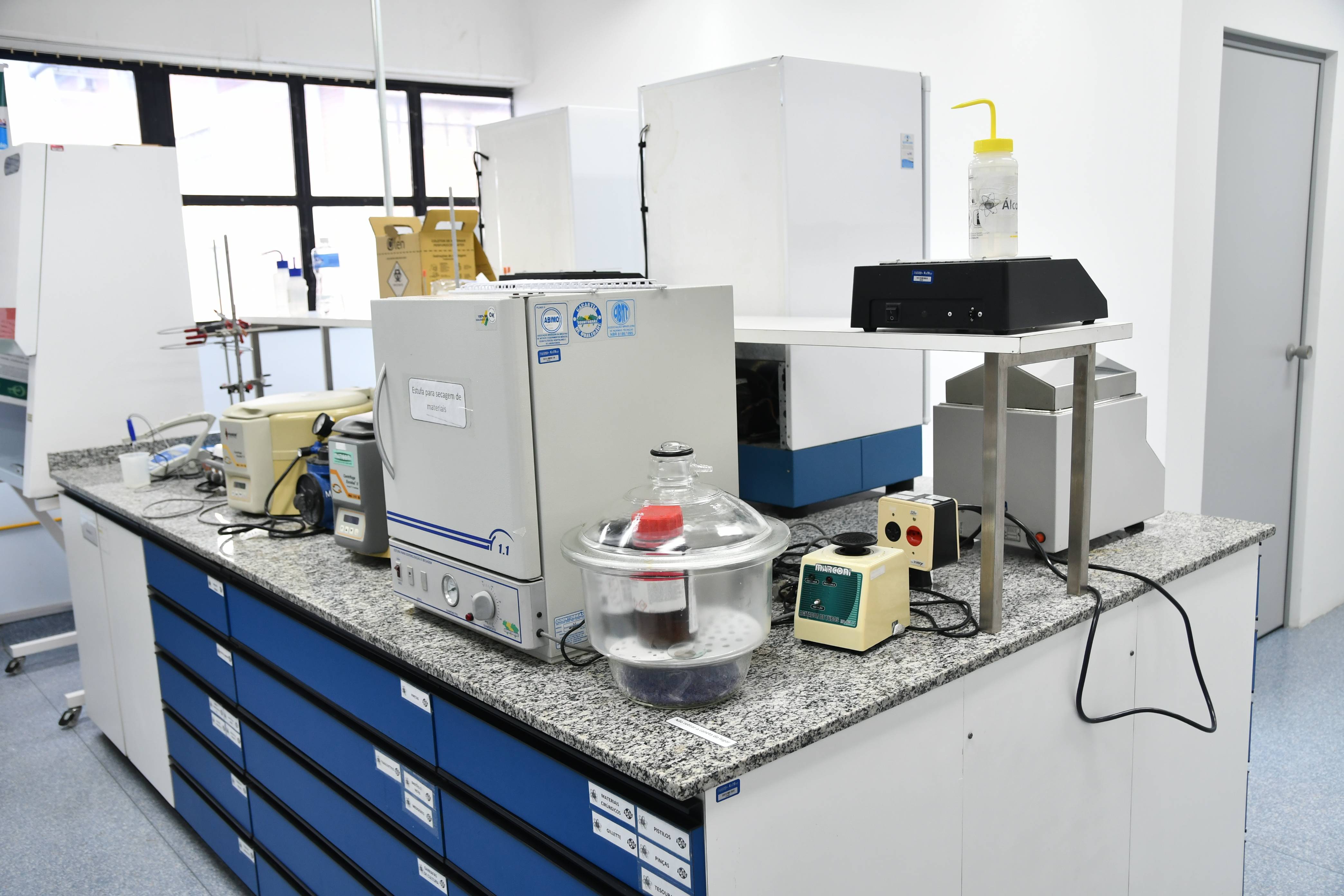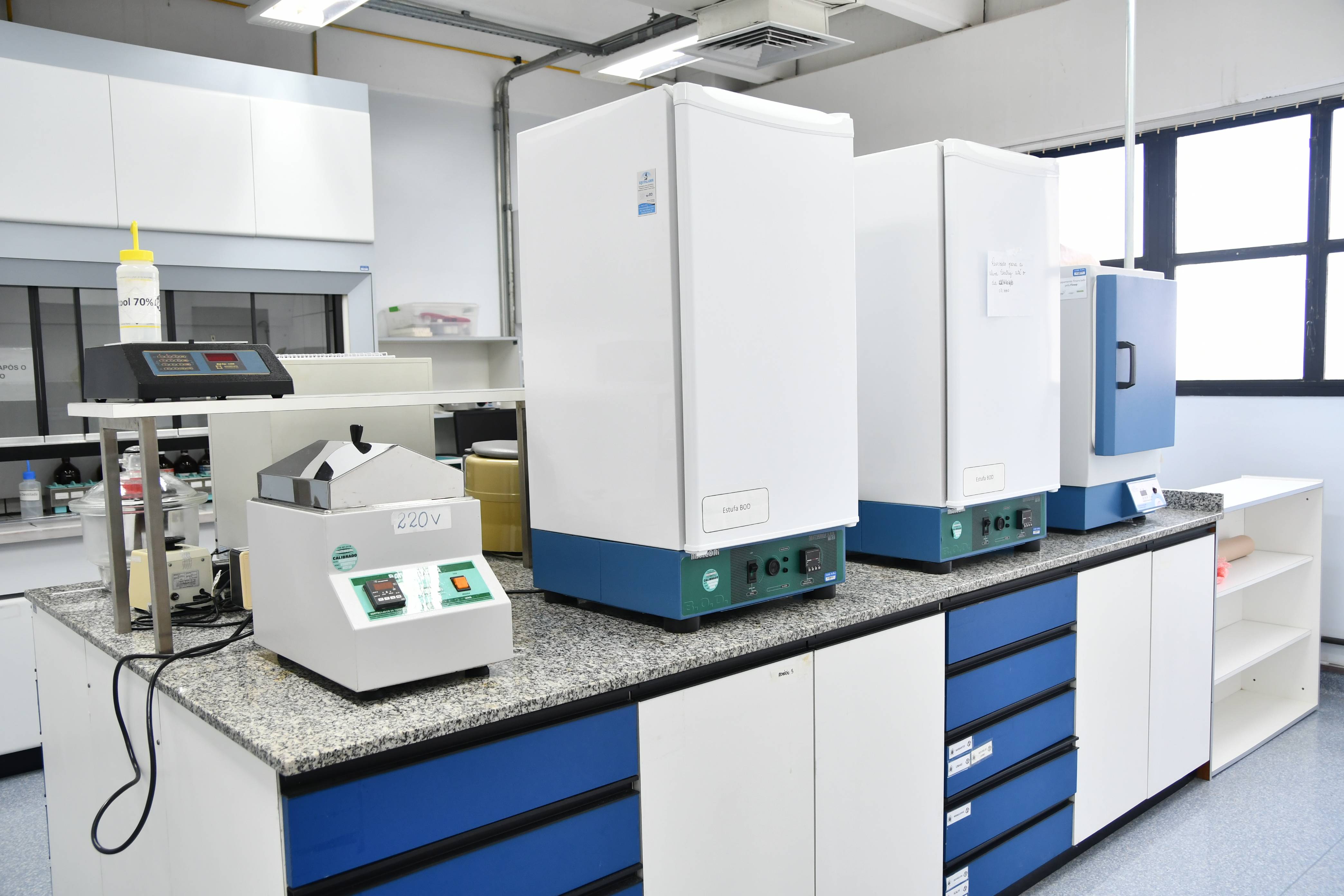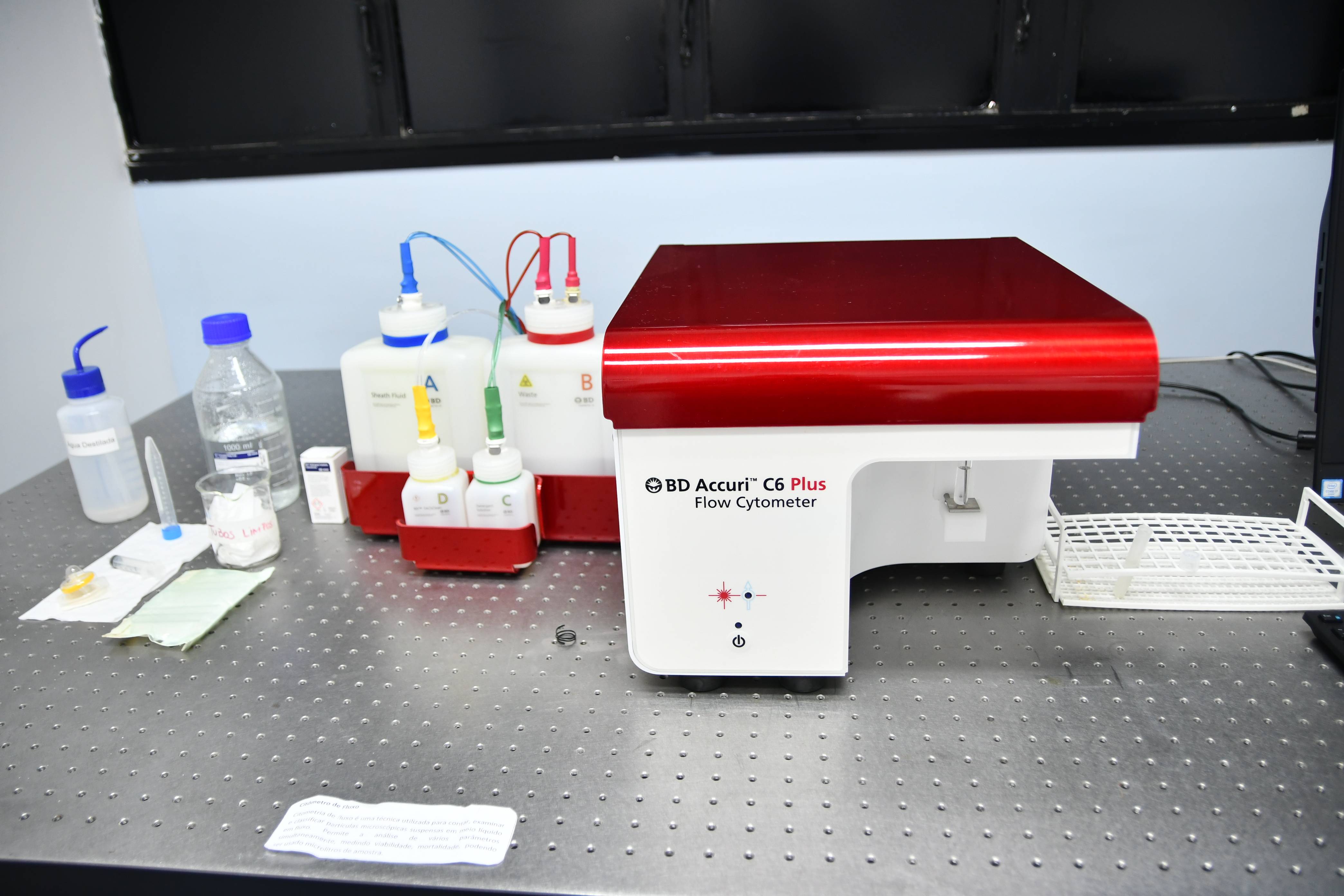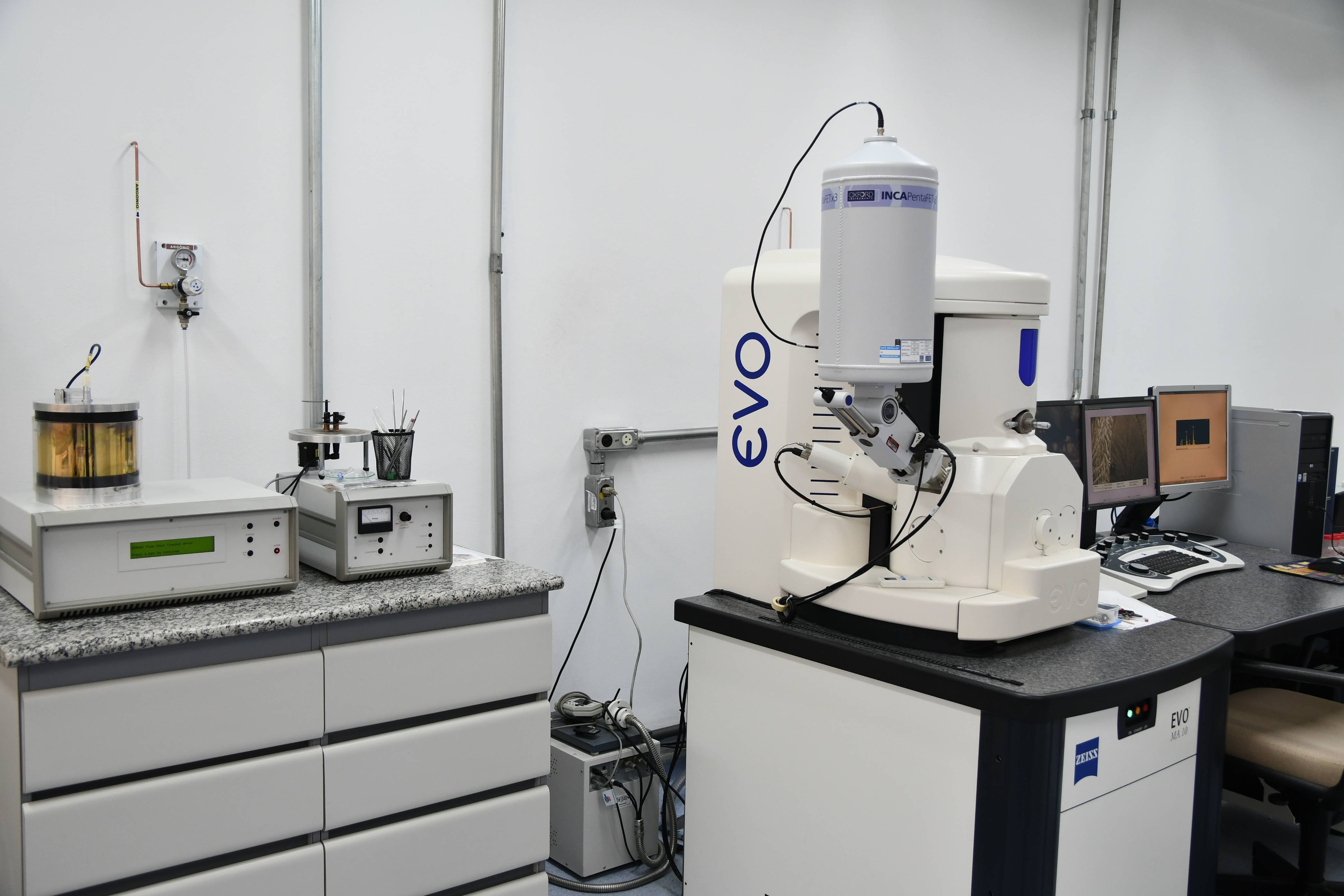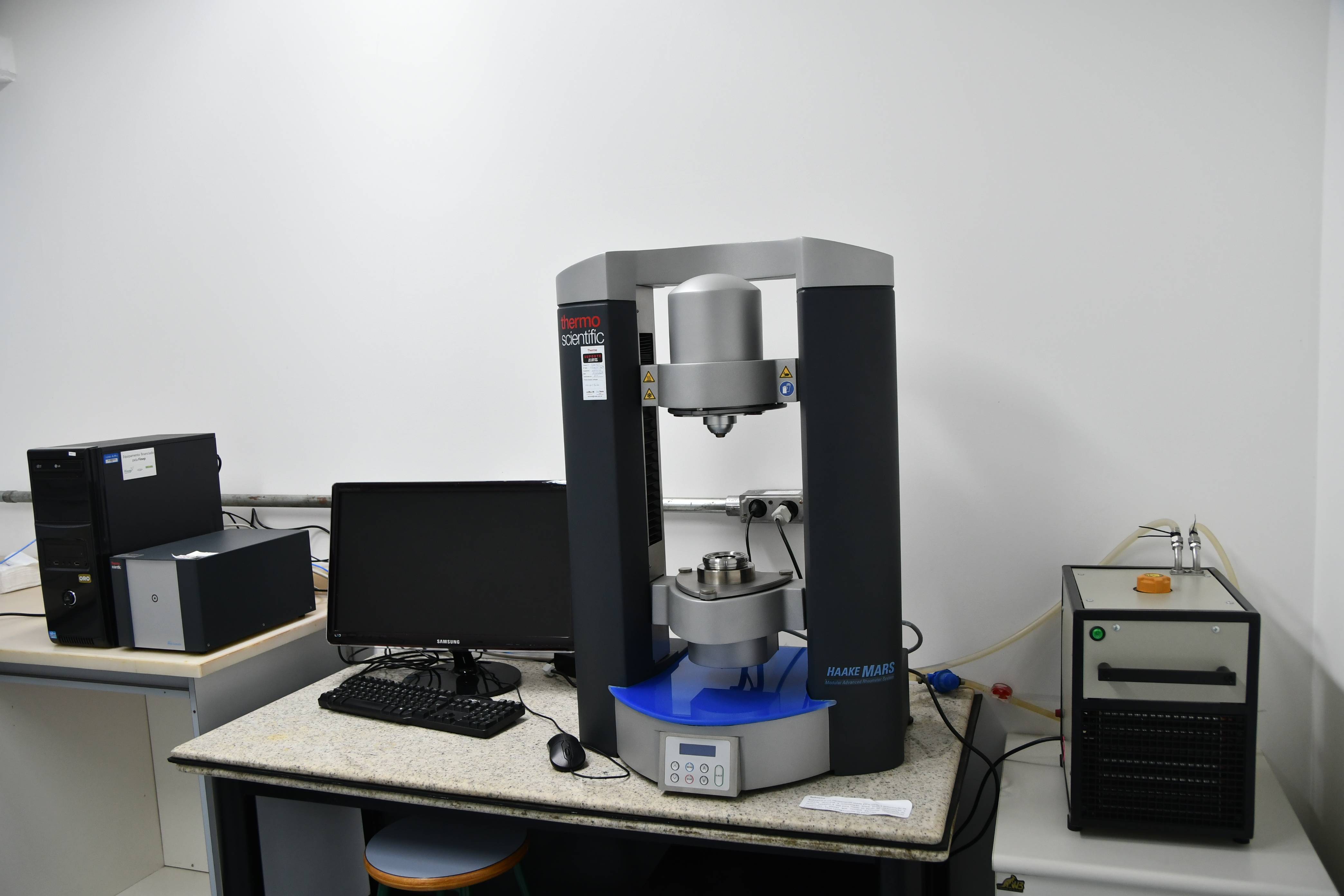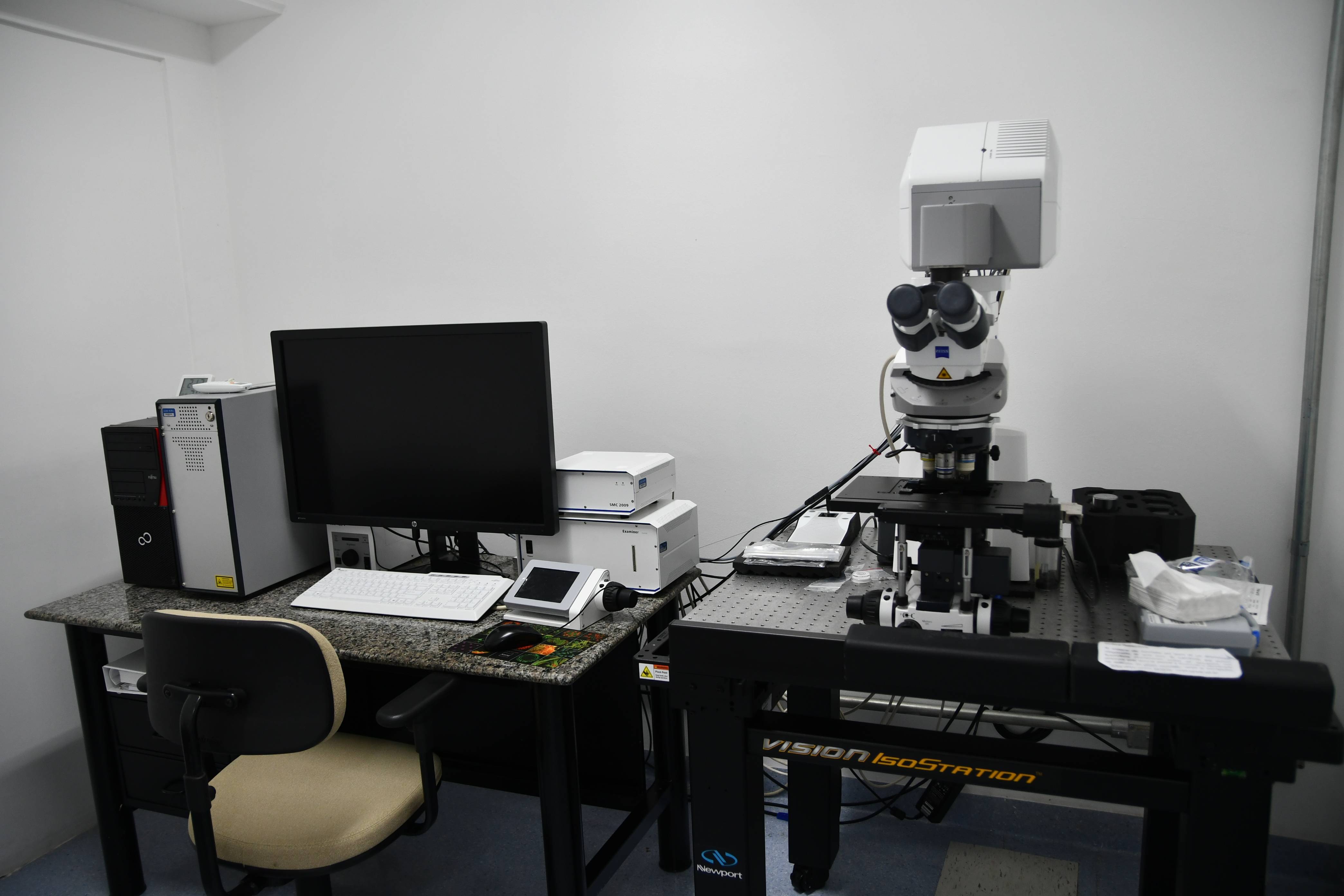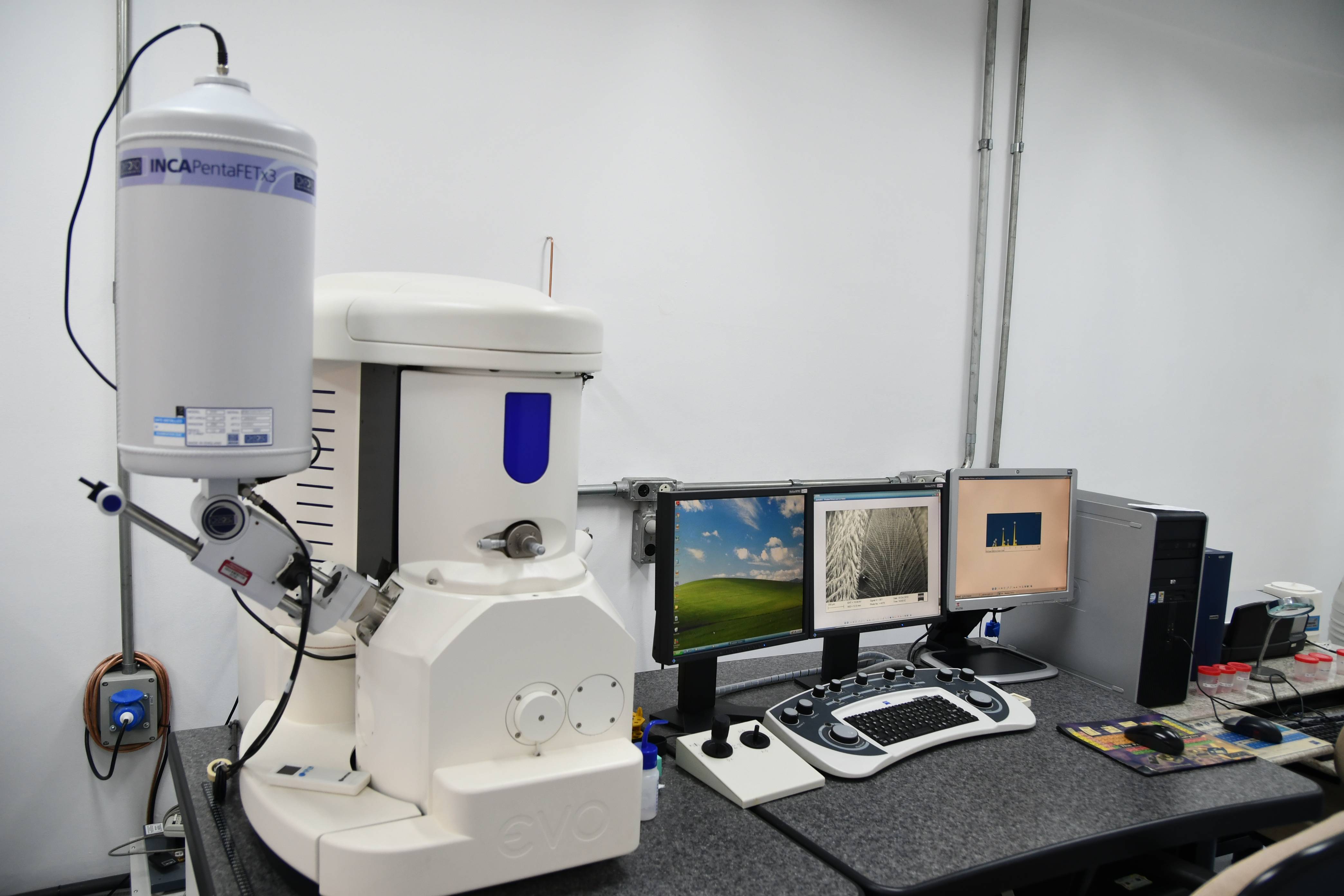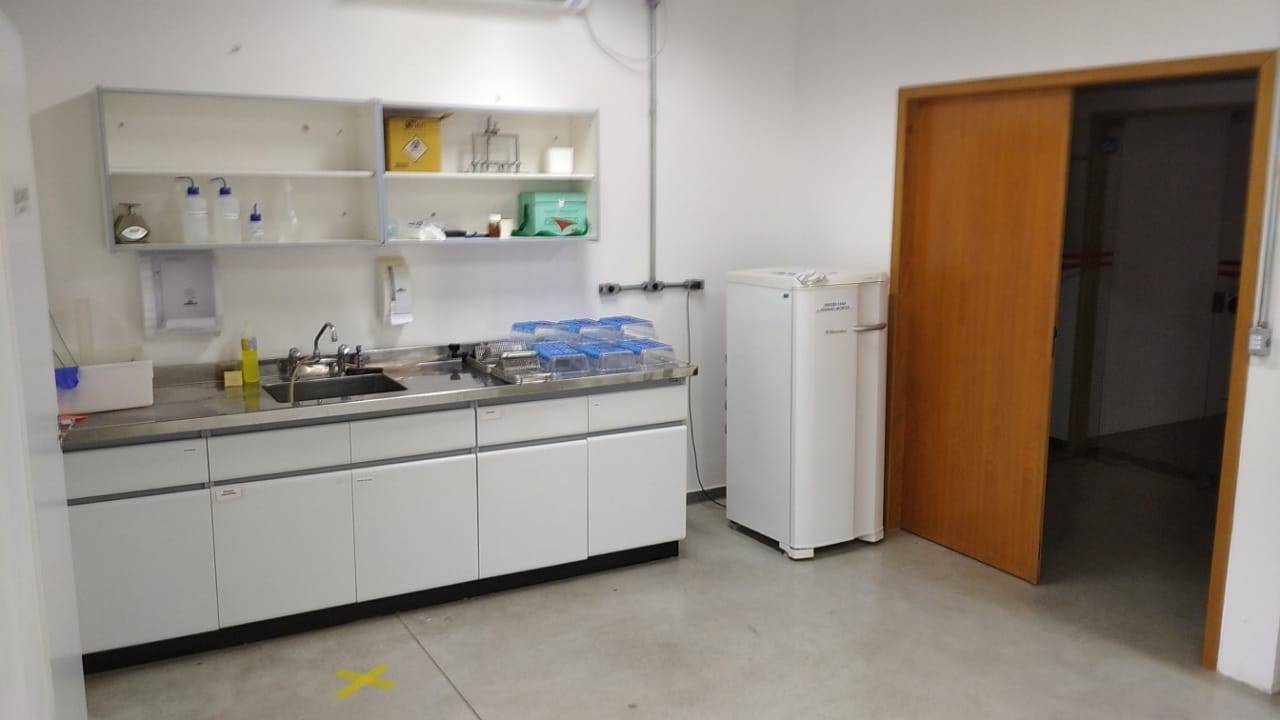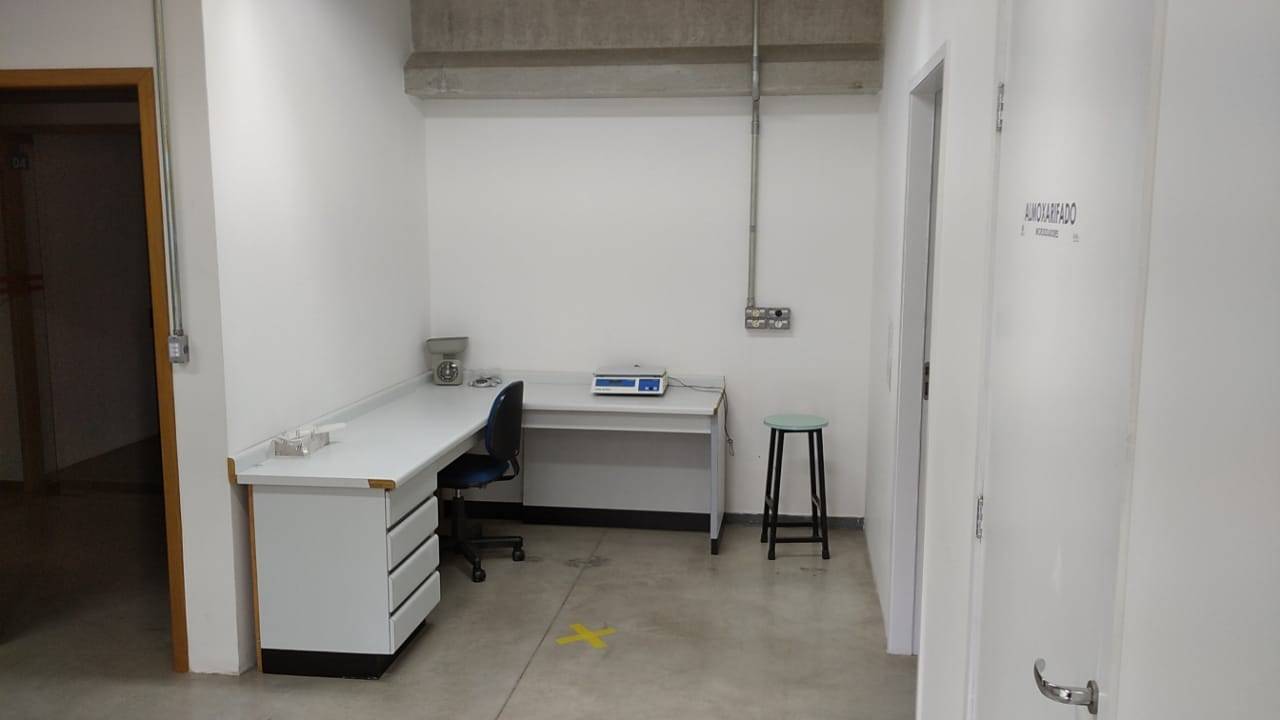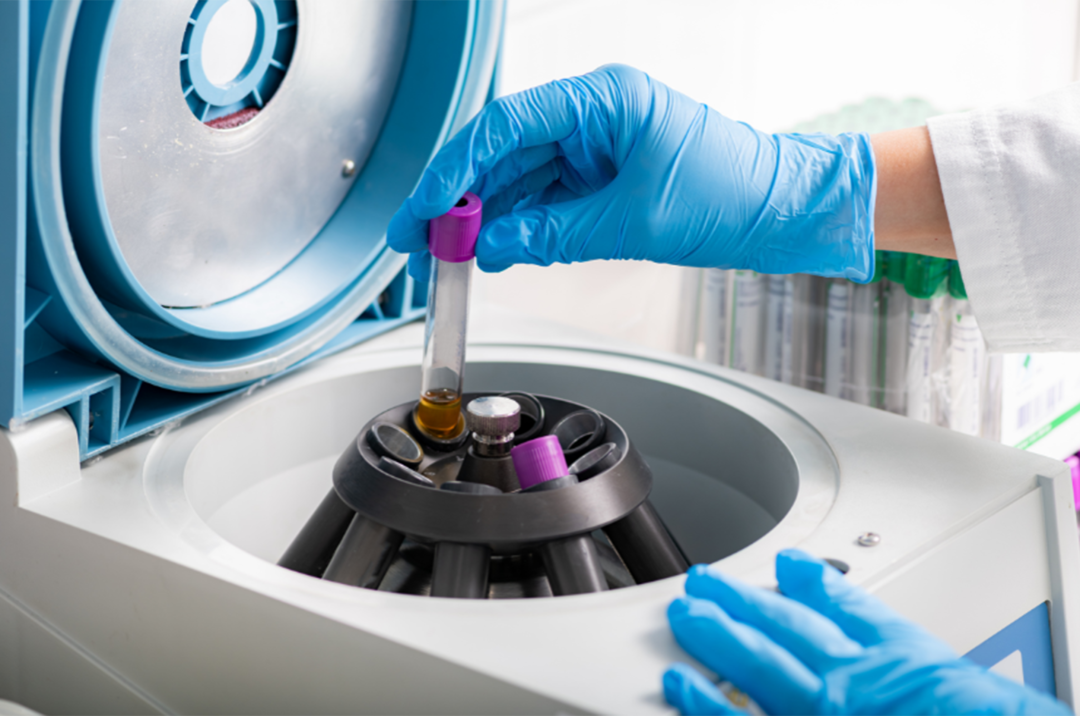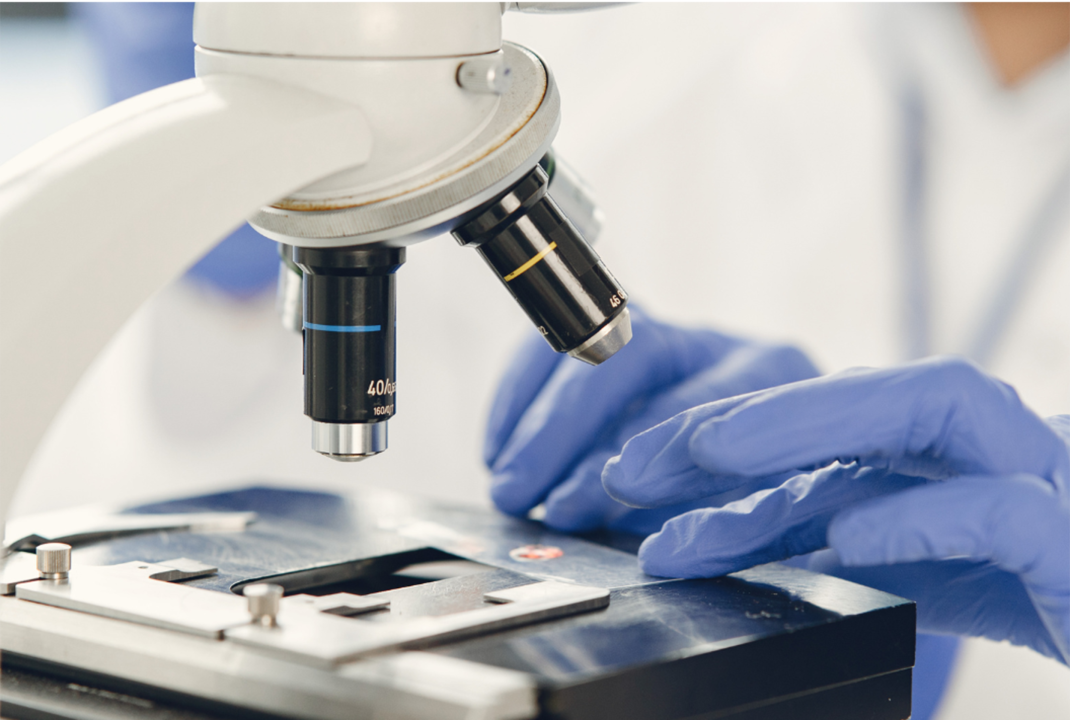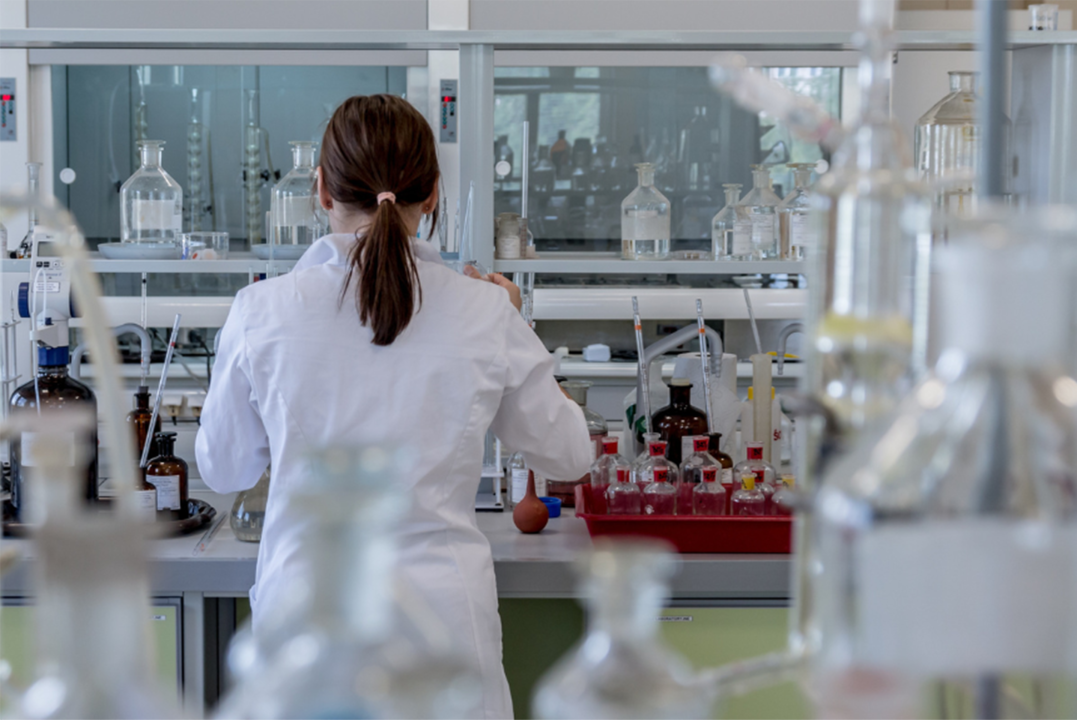Multiuser Laboratory Center – CLM
The Multiuser Laboratory Center (CLM) at UNIVAP is a complex of laboratories equipped with cutting-edge technology for conducting high-complexity scientific tests and analyses. Designed for shared use, the CLM strengthens the scientific and technological research infrastructure of the university’s Graduate Programs.
Created with the purpose of optimizing resources and avoiding equipment duplication, the CLM provides specialized infrastructure for analytical techniques, enabling and enhancing scientific and technological research. It also provides services to the community, extending the impact of innovation beyond the academic sphere.
The implementation of the CLM follows a modern multiuser model, established with the support of funding agencies such as FINEP, FAPESP, and CAPES, and involves participation from Graduate Programs, the Office of the Vice President for Research and Graduate Studies, and the Board of the Institute for Research and Development (IP&D/UNIVAP).
Functioning as an open-access laboratory, the CLM offers more than 500 m² of space, providing advanced equipment and high-level infrastructure for researchers, students, and professionals, promoting the advancement of science and innovation at UNIVAP and in society.
Hours of Operation
Monday to Friday,
from 8:00 a.m. to 6:00 p.m.
Contact
+55 (12) 3947-1160
multiusuario.ipd@univap.br
Management Committee
Prof. Dr. Leandro José Raniero (Chair)
Prof. Dr. Cristina Pacheco Soares (Full Member)
Prof. Dr. Denilson Nogueira de Moraes (Full Member)
Prof. Dr. Emilia Angela Lo Schiavo Arisawa (Full Member)
Prof. Dr. Ivone Regina de Oliveira (Full Member)
Prof. Dr. Maiara Lima Castilho (Alternate)
Users Committee
Prof. Dr. Andreza Ribeiro Simioni (Full Member)
Prof. Dr. Fernando dos Santos Ortega (Full Member)
Prof. Dr. Paulo Henrique Salles de Carvalho (Full Member)
Prof. Dr. José Geraldo da Cruz Pradella (Alternate)
CLM Technicians
Dr. Angela Aparecida Moraes Vieira
Ms. Priscila Maria Sarmeiro Correa M. Leite
• CNPq – National Council for Scientific and Technological Development
• FINEP – Funding Authority for Studies and Projects
• FAPESP – São Paulo Research Foundation
• CAPES – Coordination for the Improvement of Higher Education Personnel
The CLM equipment is multi-user and was acquired for shared use, promoting interaction between different research teams and enabling collaborative work opportunities.
Below is a list of the available equipment at the CLM:
Magnetic stirrers, heating plates, vertical autoclaves, analytical and semi-analytical balances, water baths, vacuum pumps, chemical fume hoods, SpeedVac centrifuge, flow cytometer, gas chromatograph (GC), desiccator, UV-Vis spectrophotometers, Confocal Raman spectroscopy, Atomic Absorption Spectrophotometer (AAS), Fourier-transform infrared spectrophotometer (FTIR), drying and sterilization ovens, vertical laminar flow hoods, -80°C freezer, refrigerators, B.O.D. incubators, Luminex 200 system, ice maker, Scanning Electron Microscope (SEM), Fluorescence Confocal Microscope, microcentrifuge, centrifuge with rotors, benchtop microscopes, pH meters, rheometer, reverse osmosis water purification system, Cole-Parmer ultrasonic cleaner, and various glassware.
The IPD Animal Facility is located on the first floor of the IPD I building and occupies a total area of 67.93 m². It was built in accordance with biosafety regulations and functional standards to ensure optimal animal welfare. The facility is situated in a low-traffic area to minimize disturbances and is easily accessible, facilitating the delivery of materials, supplies, and equipment, as well as the removal of waste generated on-site.
Each animal room is equipped with a ventilated rack containing 15 cages for rats and another rack with 35 individually ventilated cages (IVCs) for mice. These racks operate under positive pressure to protect the animals housed in the mini-isolators (exclusion system). In this setup, room air is drawn in, filtered, and directed into the mini-isolators. Once mixed with airborne pollutants, it is expelled from the unit. The mini-isolators are made of polycarbonate for mice and polysulfone for rats, ensuring isolation from the external environment while allowing full visibility of their interiors.
